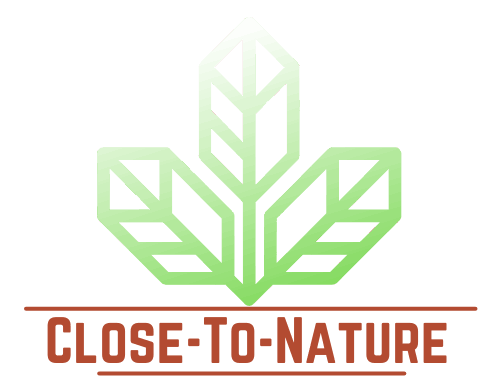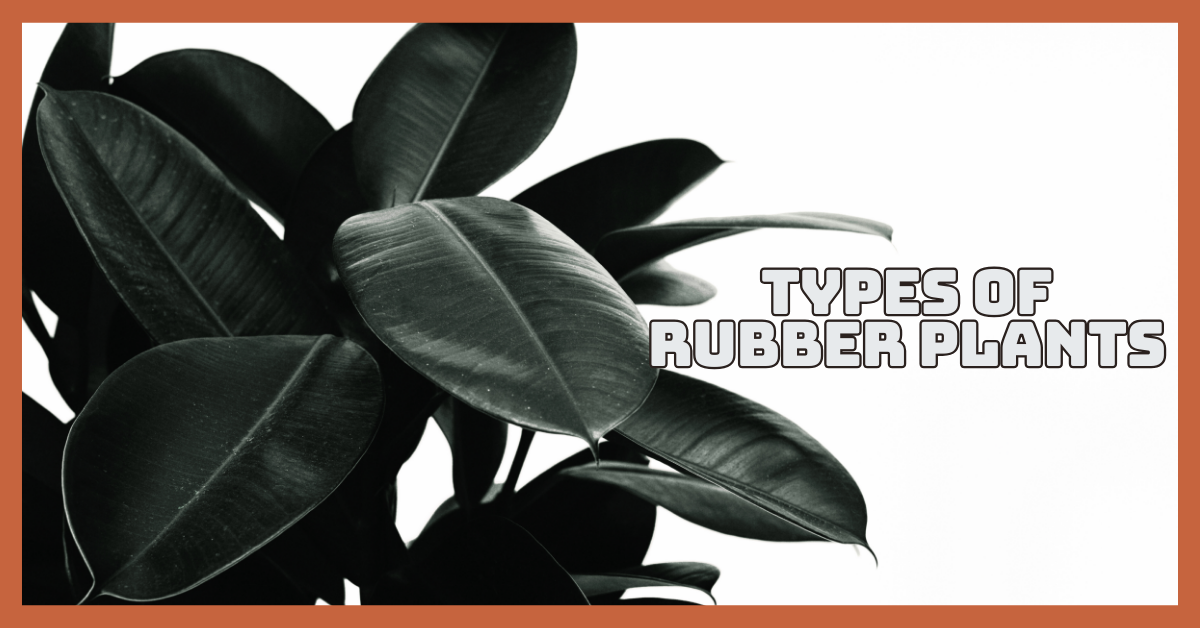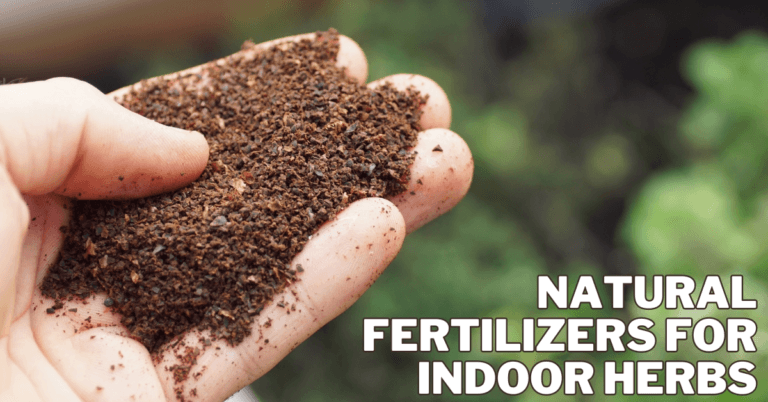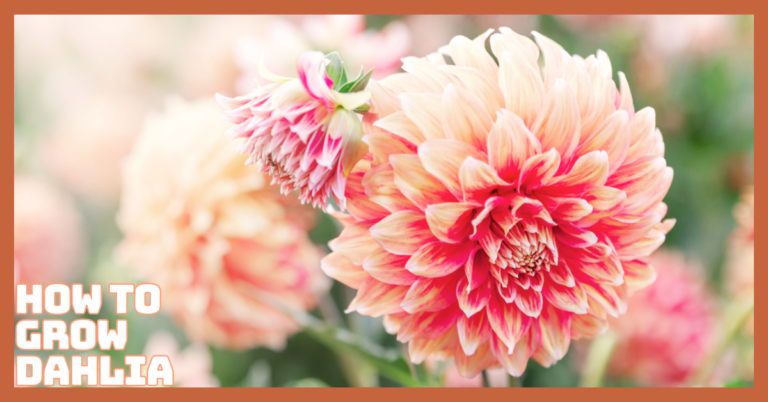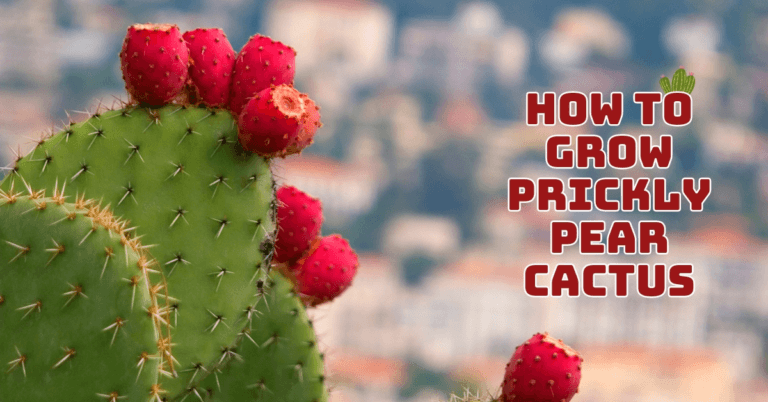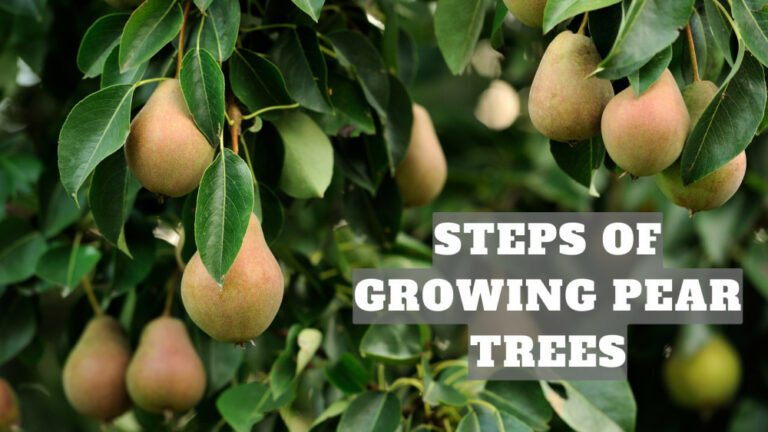Interesting Types Of Rubber Plants You’ll Love
Rubber plants, known for their lush foliage and air-purifying qualities, are beloved by both novice and seasoned indoor gardeners.
From the classic Ficus elastica to unique variegated varieties, these resilient plants add a touch of tropical elegance to any space.
But did you know the term “rubber plant” also refers to a fascinating range of species from around the world — some towering trees, some tropical vines — all linked by their ability to produce latex?
Beyond the familiar Ficus elastica, this article also introduces you to other latex-producing plants, their unique traits, and how they fit into the broader story of rubber plants in nature and cultivation.
Interesting Types Of Rubber Plants You’ll Love
Here are some interesting types of rubber plants beyond the classic ficus elastica, you probably didn't know existed. Let’s explore the top choices!
1. Hevea brasiliensis — The Para Rubber Tree
Hevea brasiliensis, commonly known as the Para Rubber Tree, is the world’s primary source of natural rubber. This towering Amazon native thrives in tropical climates and plays a vital economic role.
Features
Hevea brasiliensis, the Para Rubber Tree, is the world’s leading source of natural rubber. This magnificent tree, which is native to the Amazon Basin, can grow to a height of more than 100 feet in the wild.
Farmers extract latex by carefully tapping its bark. While commercially vital, it’s not typically grown as an ornamental plant.
Its smooth trunk, glossy green leaves, and upright growth habit mark its presence on vast plantations across tropical countries.
The Para Rubber Tree remains economically significant and historically important, making it the most recognized “rubber tree” in the world.
How To Grow
Hevea brasiliensis grows best in USDA zones 11–12, which are tropical areas with high humidity and mild temperatures. Plant it in deep, fertile, and moist soils with excellent drainage.
The tree requires plenty of light to thrive, so pick a spot that receives full sun exposure. Water frequently to keep the soil moist, especially during dry spells.
It prefers temperatures consistently above 60°F (16°C). While primarily grown on plantations, it can also be cultivated in extensive tropical gardens or research collections. Protect young plants from strong winds. Remember, this species is not suited for cooler climates or indoor cultivation.
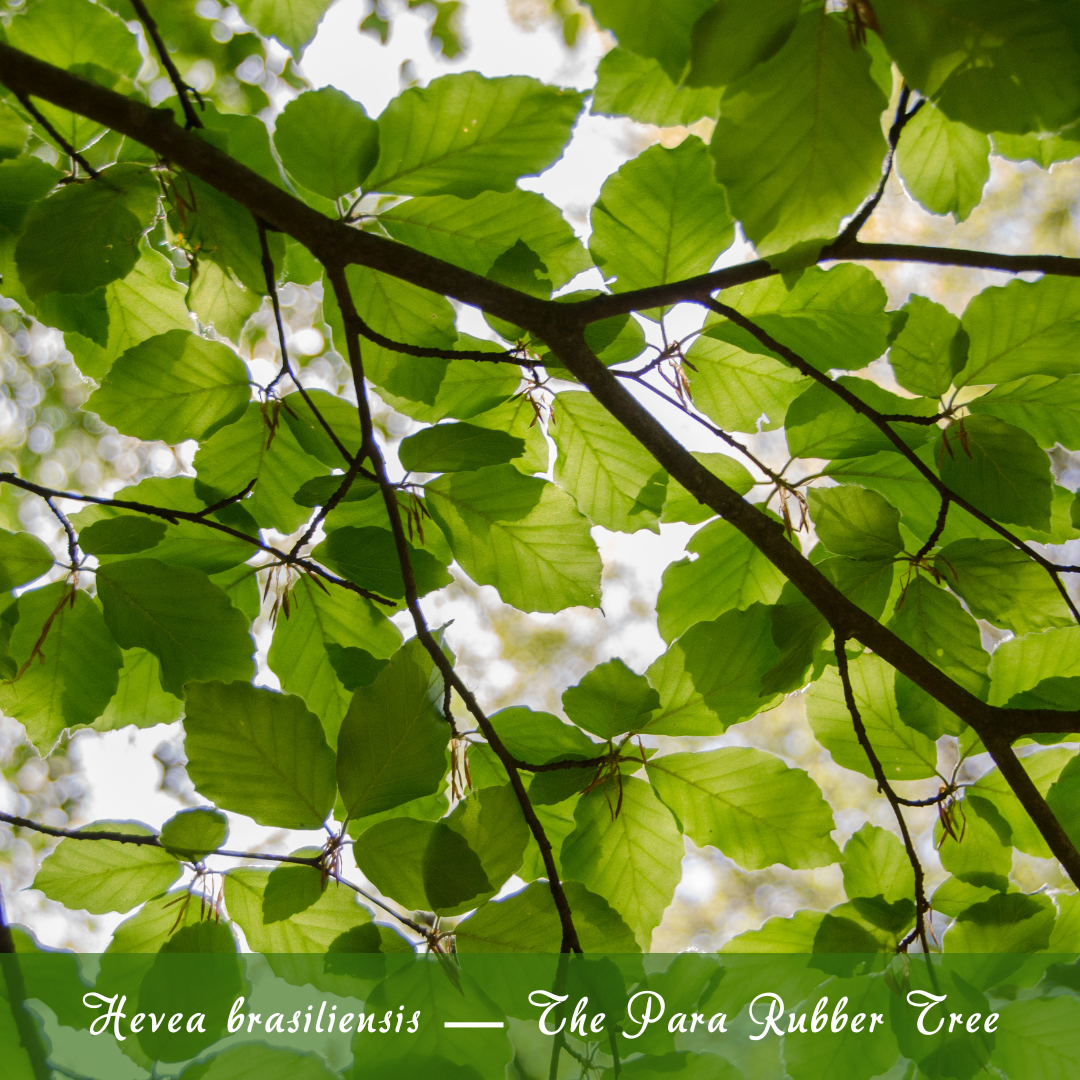
2. Castilla elastica — The Panama Rubber Tree
Castilla elastica, the Panama Rubber Tree, is a towering native of Central and South America. Known for its lush canopy and cultural significance, it thrives in tropical regions with ample space.
Features
Castilla elastica, known as the Panama Rubber Tree, is native to Central and South America. Historically, indigenous communities tapped its latex for making rubber goods and waterproof items.
This fast-growing tree can soar up to 100 feet tall, forming a broad canopy with its lush green foliage. Though not widely cultivated for rubber today, its cultural heritage remains significant.
Its attractive, dense canopy makes it a striking specimen in tropical gardens or botanical collections. Castilla elastica is a fascinating reminder of pre-industrial rubber use in native cultures of the Americas.
How To Grow
Suitable for USDA zones 10-12, Castilla elastica flourishes in hot, humid tropical climates. It grows best in deep, rich, and well-drained soils with access to full sun.
Plant it in spacious outdoor areas, allowing plenty of room for its rapid growth and canopy spread. Regular watering supports healthy development, though avoid waterlogged conditions.
This species appreciates high humidity but can tolerate short dry spells once established. Prune only when necessary, as it grows quickly.
It is best suited for tropical landscapes, parks, or botanical gardens. Not ideal for container growth or temperate climates due to its size and climate needs.
3. Cryptostegia grandiflora — The Rubber Vine
Cryptostegia grandiflora, commonly called the Rubber Vine, is a striking flowering climber from Madagascar. Known for its beauty and vigorous growth, it thrives in tropical climates but requires careful management.
Features
Cryptostegia grandiflora, known as the Rubber Vine, is a vigorous, fast-growing vine native to Madagascar. It has gorgeous clusters of trumpet-shaped purple blooms that give ornamental value, together with glossy, dark green leaves.
Though its milky latex once had minor applications in rubber production, it’s now mostly appreciated for its ornamental appeal. However, it is considered invasive in some regions, like Australia.
When touching the plant, care should be used because the sap is poisonous to both humans and animals. It can quickly spread if not properly managed.
How To Grow
Best suited for USDA zones 10-12, Rubber Vine thrives in tropical and subtropical climates. It requires full sun exposure for optimal flowering and dense foliage.
Plant it in well-draining soils that can retain moderate moisture but avoid waterlogging. Regular pruning is essential to control its rapid growth and prevent invasiveness.
In order to display its climbing propensity, it can be cultivated on fences or trellises. Wear gloves when handling due to the toxic sap.
Avoid planting near natural ecosystems to prevent unwanted spread. It tolerates drought once established, but performs best with consistent watering.
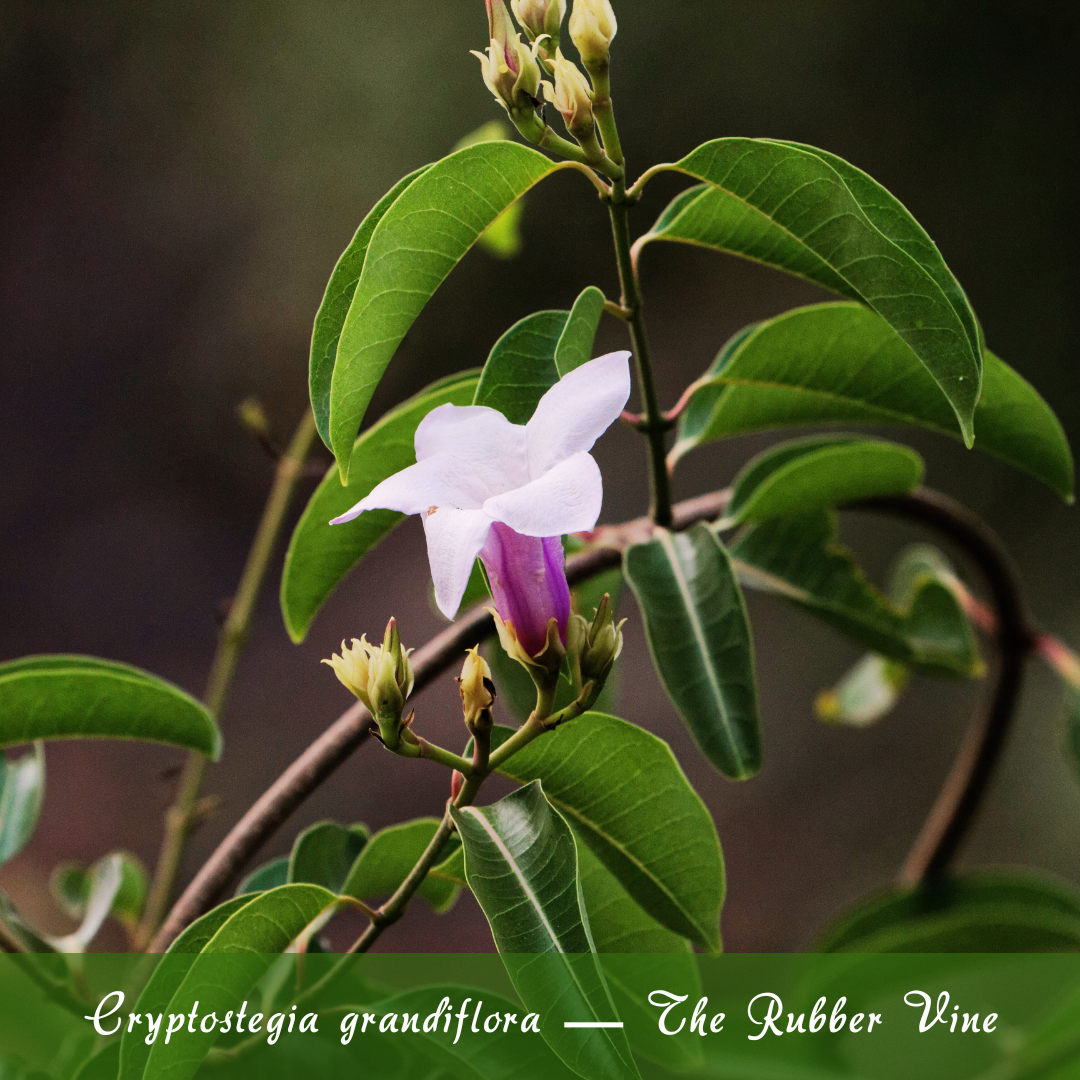
4. Landolphia owariensis — The African Rubber Vine
Landolphia owariensis, the African Rubber Vine, is a tropical climber native to West and Central Africa. Known for its latex and fragrant flowers, it holds cultural and botanical significance in rubber history.
Features
Landolphia owariensis is a woody climber native to West and Central Africa, historically valued for its latex used in early rubber production.
This vine has leathery, dark green leaves and fragrant white flowers. In some regions, it produces edible fruits, adding to its uniqueness. It thrives in humid, tropical forest environments, where it climbs host trees to reach sunlight.
While not commonly grown ornamentally, it holds cultural and botanical importance. Its latex was crucial before modern rubber industries emerged, linking it to Africa’s natural heritage.
How To Grow
Landolphia owariensis prefers USDA zones 10-12, flourishing in warm, humid tropical climates. Plant it in rich, well-draining soils with plenty of organic matter.
It grows best in shaded to partially sunny locations under a forest canopy or garden trellis. Provide support for climbing to mimic its natural growth habit.
Maintain consistent moisture, but avoid waterlogged soil. The vine appreciates high humidity and moderate temperatures above 65°F (18°C).
Minimal pruning is needed, mainly to manage shape. It’s ideal for botanical collections or specialty growers interested in tropical latex plants, rather than casual gardening.
5. Palaquium gutta — The Gutta-Percha Tree
Palaquium gutta, known as the Gutta-Percha Tree, is a towering Southeast Asian native valued for its latex. Historically vital for industrial use, it thrives in tropical forests and humid environments.
Features
Palaquium gutta is a tropical tree native to Southeast Asia, famous for producing gutta-percha, a natural latex similar to rubber but more rigid and used historically for insulating underwater cables.
It has large, glossy leaves and smooth bark, and it can grow up to 100 feet tall. Though less known than Hevea species, it is economically essential in its native range.
Its latex is non-elastic but valuable for various industrial applications. The tree also contributes to local ecosystems as a shade provider and food source.
How To Grow
Palaquium gutta thrives in USDA zones 10-12, tropical climates with warm temperatures and high humidity. Plant it in well-draining, fertile soil that retains moisture.
It prefers partial shade to full sun and is often found in lowland rainforests. Regular watering is needed to maintain moist soil without waterlogging.
Protect young trees from strong winds and prolonged dry spells. It’s best suited for tropical botanical gardens and conservation areas. This species requires space to grow and is not suitable for small gardens or cooler climates.
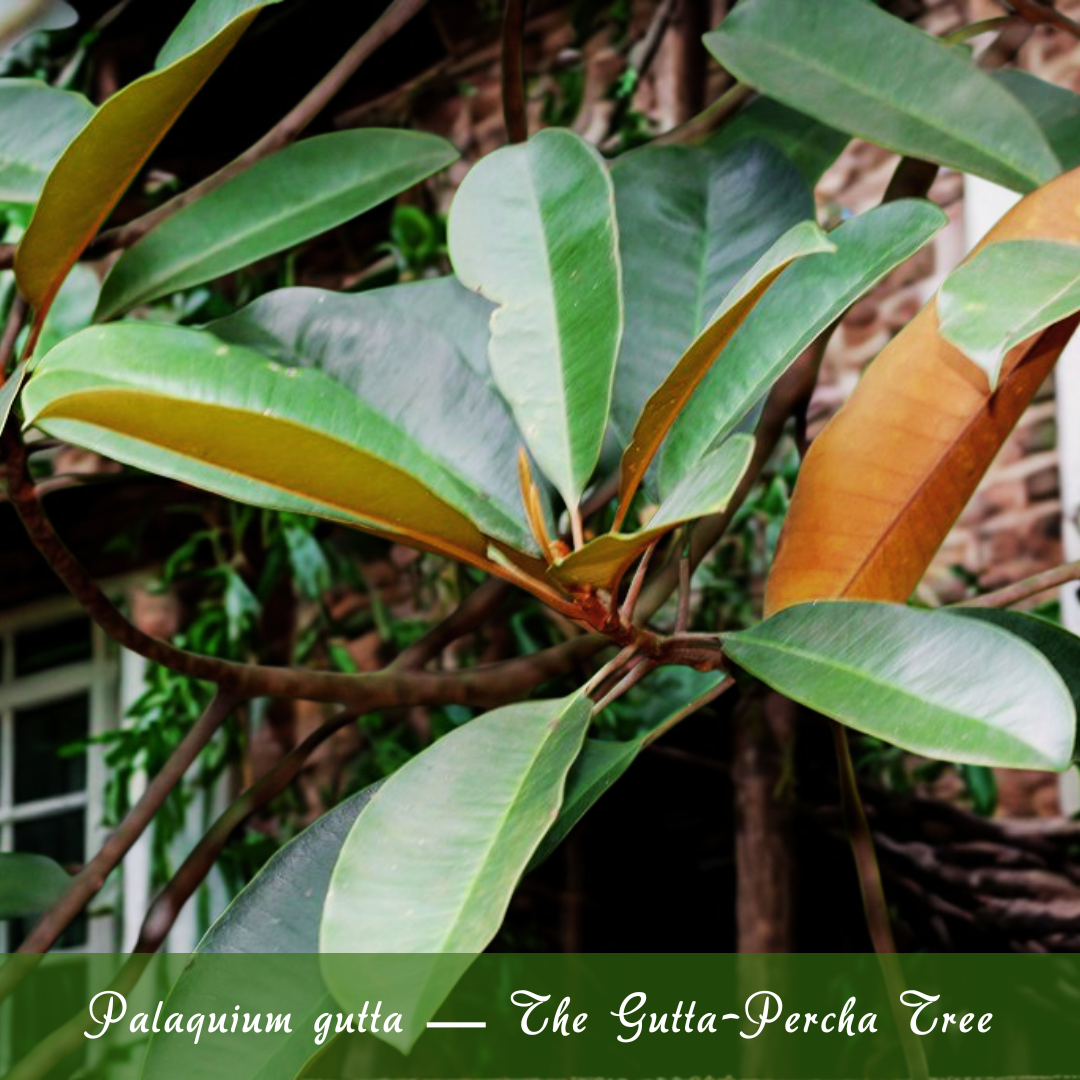
6. Funtumia elastica — The African Silk Rubber Tree
Funtumia elastica, the African Silk Rubber Tree, is a towering West African species known for its latex and star-shaped flowers. It thrives in tropical climates and appeals to botanical collectors.
Features
Funtumia elastica, called the African Silk Rubber Tree, is native to West Africa and can grow up to 100 feet tall. It produces white, star-shaped flowers and glossy green leaves, contributing to its subtle ornamental appeal.
Historically tapped for latex, it is no longer commercially significant. Its milky latex is toxic if ingested, so caution is necessary.
The tree thrives in humid, tropical environments, and though rarely grown as a decorative plant, it holds interest for botanical enthusiasts focused on rubber-producing species in Africa.
How To Grow
Funtumia elastica is best suited for USDA zones 10–12 since it thrives in tropical environments with high humidity and warm temperatures.
Plant it in well-draining, organic matter-rich soils that receive full sun to partial shade. Avoid standing water, but water frequently to keep the soil moist, particularly during dry spells. It prefers sheltered spots protected from strong winds.
Pruning is minimal, primarily for shaping or removing dead wood. Due to its toxicity, keep away from children and pets. Best grown in tropical botanical gardens or specialty collections rather than typical landscapes.
7. Hevea spruceana — Amazon Rubber Tree
Hevea spruceana, the Amazon Rubber Tree, is a tropical species native to the Amazon. Known for its latex, it thrives in humid, warm climates and is valued by plant collectors and researchers.
Features
Hevea spruceana is a lesser-known relative of the Para Rubber Tree, native to the Amazon rainforest. Like its famous cousin, it produces latex, though on a smaller commercial scale.
This tropical tree, which has a dense canopy of green leaves and a straight trunk, can grow to considerable heights. It plays a role in local ecosystems and is sometimes grown in botanical gardens for conservation and study.
Its smaller economic importance makes it a fascinating species for rubber tree enthusiasts and tropical plant collectors.
How To Grow
Best suited to USDA zones 11-12, Hevea spruceana requires a hot, humid tropical environment with ample rainfall. Plant in rich, well-draining soils that retain moisture but don’t stay waterlogged.
Full sun is essential for healthy growth, though young trees may benefit from partial shade. Regular watering is needed, especially during dry periods, to maintain moist soil conditions.
Protect from strong winds and frost, which can damage the tree. Ideal for large tropical gardens, research collections, or conservatories in suitable climates. Avoid planting in temperate or arid regions.

8. Clitandra cymulosa — African Rubber Climber
Clitandra cymulosa, the African Rubber Climber, is a tropical vine native to Africa. Valued for its latex and delicate flowers, it thrives in humid, shaded environments and interests botanical collectors.
Features
Clitandra cymulosa is a lesser-known latex-producing vine native to tropical Africa. It features glossy green leaves and delicate, small flowers, contributing to its subtle ornamental charm.
Historically, its latex was used for rubber tapping before the rise of commercial rubber industries. The vine is adapted to humid tropical environments and plays a role in local ecosystems.
While rarely grown outside its native habitat, it remains crucial for botanical studies and collectors interested in diverse rubber-producing species.
How To Grow
Clitandra cymulosa thrives in USDA zones 10-12 within warm, humid tropical climates. It prefers shaded or partially shaded locations, mimicking forest understory conditions.
Plant in fertile, well-draining soil with consistent moisture levels to support growth. Provide structures like trellises or trees for climbing.
Regular watering is essential, but avoid waterlogging. The vine appreciates high humidity and stable temperatures above 65°F (18°C).
Minimal pruning helps maintain shape and manage size. It’s ideal for botanical gardens or specialty collectors rather than casual growers. Avoid exposure to frost or dry conditions.
9. Manilkara zapota — Sapodilla or Chicle Tree
Manilkara zapota, known as the Sapodilla or Chicle Tree, is a tropical fruit and latex producer. Native to Central America, it’s famed for chicle and sweet edible fruit in warm climates.
Features
Manilkara zapota, commonly called the Sapodilla or Chicle Tree, is a tropical species native to Central America. It’s famous historically for its latex-like sap called chicle, once widely used in chewing gum production.
This evergreen tree produces delicious, sweet, edible fruit and has glossy, dark green leaves. Growing up to 100 feet tall, it serves both as a fruit and latex producer.
While no longer used commercially for rubber, its cultural and economic history make it noteworthy among latex-producing plants.
How To Grow
Manilkara zapota thrives in USDA zones 10-12, preferring full sun exposure in tropical and subtropical climates. Plant it in well-draining soils rich in organic matter and maintain consistent moisture without waterlogging.
Although it may grow in a variety of soil types, it prefers soils with a slightly acidic pH over those with a neutral pH. Keep young trees safe from severe winds and frost.
Regular watering during dry seasons supports fruit and sap production. Prune to shape and remove dead wood. It can be grown in large gardens or orchards and benefits from fertilization in spring and summer for vigorous growth.
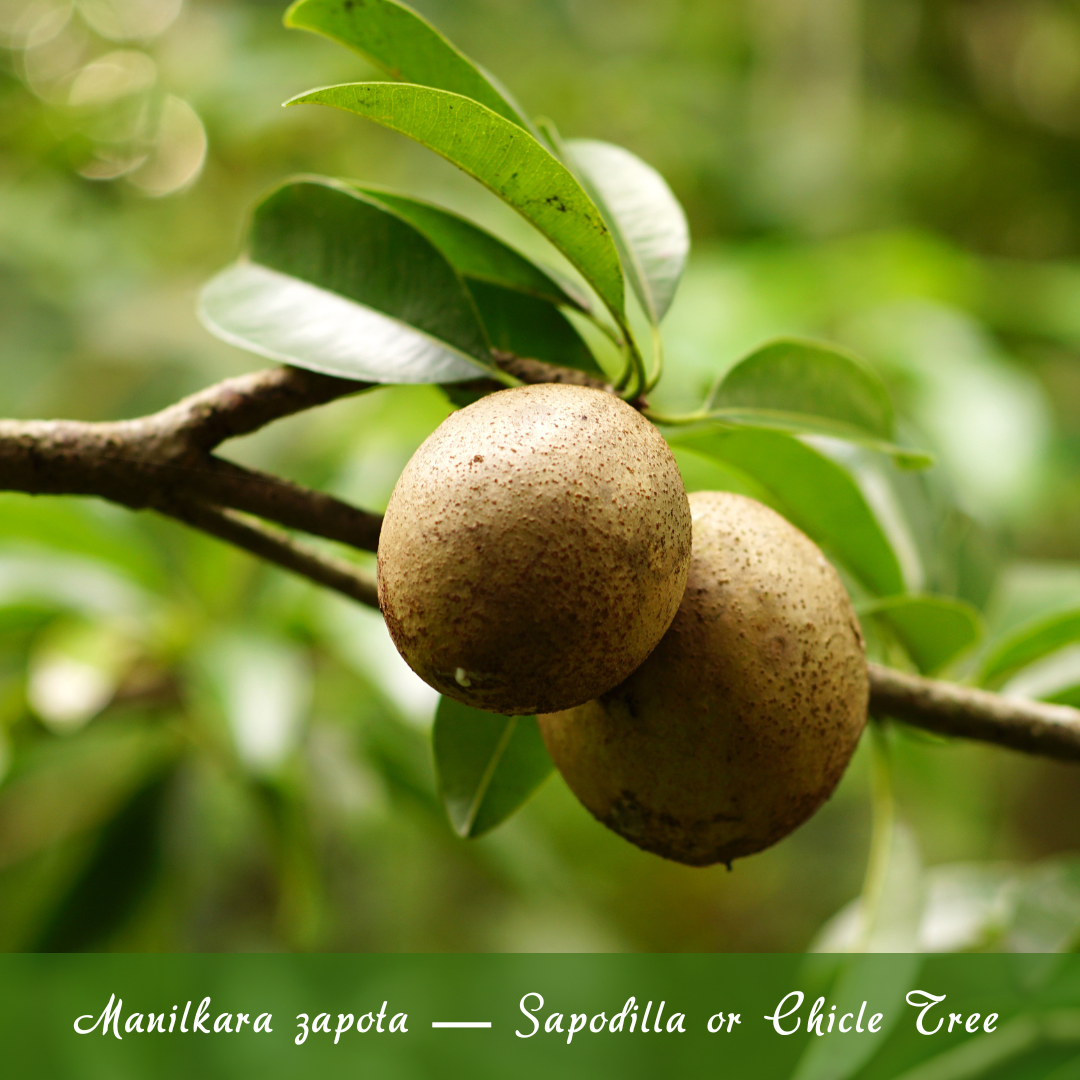
10. Mascarenhasia arborescens — Madagascar Rubber Tree
Mascarenhasia arborescens, the Madagascar Rubber Tree, is a small tropical tree valued for its glossy leaves and fragrant flowers. It is valued for its decorative appeal and grows well in warm regions.
Features
Mascarenhasia arborescens is a small, latex-producing tree native to Madagascar. Known for its shiny green leaves and fragrant white flowers, it adds ornamental beauty to tropical gardens.
While it produces latex, it is primarily grown for decorative purposes rather than commercial rubber production. Its manageable size and attractive blooms make it suitable for garden landscapes in tropical regions.
This species contributes to the diverse flora of Madagascar and is appreciated by plant enthusiasts interested in unique tropical trees.
How To Grow
Mascarenhasia arborescens grows best in tropical and subtropical areas with warm temperatures and moderate to high humidity. Therefore, USDA zones 10–12 are suitable for it.
Plant it in well-draining soils enriched with organic matter. Full sun exposure encourages healthy growth and flowering, but it can tolerate partial shade.
Especially during dry seasons, water frequently to keep the soil moist but not soggy. Young plants should be shielded from frost and severe winds.
Minimal pruning is needed to maintain form. It’s best grown in tropical gardens, parks, or botanical collections, where its ornamental qualities can be showcased.
Turn Your Passion for Nature Into Income
🌿 Whether you love gardening, caring for animals, or exploring holistic living,
You can share your knowledge online and earn from it.
Discover how nature lovers are growing their passions into meaningful, income-generating blogs. 👇
Growing Tips for All Rubber Plant Varieties
Rubber plants, from indoor favourites to tropical giants, thrive with the right care. Follow these essential growing tips to enjoy healthy, vibrant foliage and successful growth across all rubber plant varieties.
1. Choose The Right Location
Rubber plants love bright, indirect sunlight indoors. Too much direct sun can scorch leaves. Outdoor varieties like Hevea prefer full sun in tropical climates—shelter young plants from strong winds. Proper placement ensures healthy growth, whether indoors or in the garden.
2. Soil Preference
Use fertile, well-draining soil that is high in organic matter. For potted rubber plants, a mix of peat, perlite, and bark is ideal.
Outdoor rubber trees thrive in loamy soils with good drainage. Avoid waterlogged or clay-heavy soil, which may cause root rot.
3. Watering Needs
Keep soil slightly moist, not soggy. Let the top inch dry before watering indoor plants. Overwatering leads to root rot. Outdoor rubber trees need deep watering during prolonged dry spells. Consistent, careful watering supports strong roots and healthy foliage growth.
4. Humidity & Temperature
Rubber plants prefer warm temperatures between 60-85°F and moderate to high humidity. Mist indoor plants during dry seasons.
Outdoor varieties flourish in tropical climates with natural humidity. Cold drafts or frost can damage all types, so protect them from harsh weather.
5. Fertilizing
Feed rubber plants monthly in spring and summer using a balanced liquid fertilizer. Avoid fertilizing during winter dormancy.
Outdoor trees benefit from slow-release fertilizers applied in spring. Proper feeding promotes lush foliage and robust growth in both ornamental and latex-producing varieties.
6. Pruning & Shaping
To preserve shape and promote bushy growth, prune. For indoor plants, trim leggy stems regularly. Outdoor latex trees need pruning mainly to remove dead or diseased branches. Always use clean, sharp tools and wear gloves, as the milky sap can irritate skin.
7. Potting & Repotting
Repot indoor rubber plants every two to three years or when root-bound. Choose pots with drainage holes and fresh soil mix. Outdoor trees grown in containers need occasional root pruning. Regular repotting prevents stunted growth and keeps the plant healthy.
8. Pest Management
Check regularly for pests like mealybugs, spider mites, and scale. Wipe leaves with damp cloths or use insecticidal soap when necessary.
Outdoor trees may face fungal diseases, so ensure good airflow and avoid overhead watering. Healthy plants resist pests better.
9. Propagation
Indoor rubber plants propagate easily from stem cuttings using rooting hormone. Until roots appear, submerge cuttings in water or moist soil.
Outdoor rubber trees are usually propagated by seeds or grafting. Choose healthy parent plants to ensure strong new growth.
10. Latex Handling
Rubber plants produce a sticky white latex sap that can irritate skin and eyes. Always wear gloves when pruning, cutting, or handling sap-producing species. Keep the sap away from children and pets—clean tools after use to avoid sap residue.
FAQs
How Often Should I Water My Rubber Plant?
Water your rubber plant when the top inch of soil feels dry. It's crucial to allow the soil to dry out in between waterings because overwatering can cause root rot.
Can Rubber Plants Grow Outdoors?
Yes, in tropical and subtropical climates, rubber plants can grow outdoors. It is best to keep them safe from frost, but they like warm weather and high humidity.
Conclusion
Rubber plants offer incredible variety, from deep green classics to vibrant variegated beauties. No matter your space or style, there’s a rubber plant that can bring life, colour, and cleaner air into your home.
With the proper care, these hardy plants thrive for years, becoming a stunning focal point in any room.
A gratifying method to create your home jungle is to experiment with different kinds of rubber plants, regardless of your level of experience with plants.
I trust you enjoyed this article on Interesting Types Of Rubber Plants You’ll Love. Please stay tuned for more inspiring guides, helpful tips, and ideas to help you live closer to nature every day.
Take care!
— JeannetteZ
💬 Your Opinion Is Important To Me
Do you have thoughts, ideas, or questions? I’d love to hear from you. Please leave your comments below or email me directly at Jeannette@Close-To-Nature.org.
📚 More Nature-Inspired Reads
Explore more ways to connect with nature, nurture your pets, and live in harmony with the world around you 🌿
